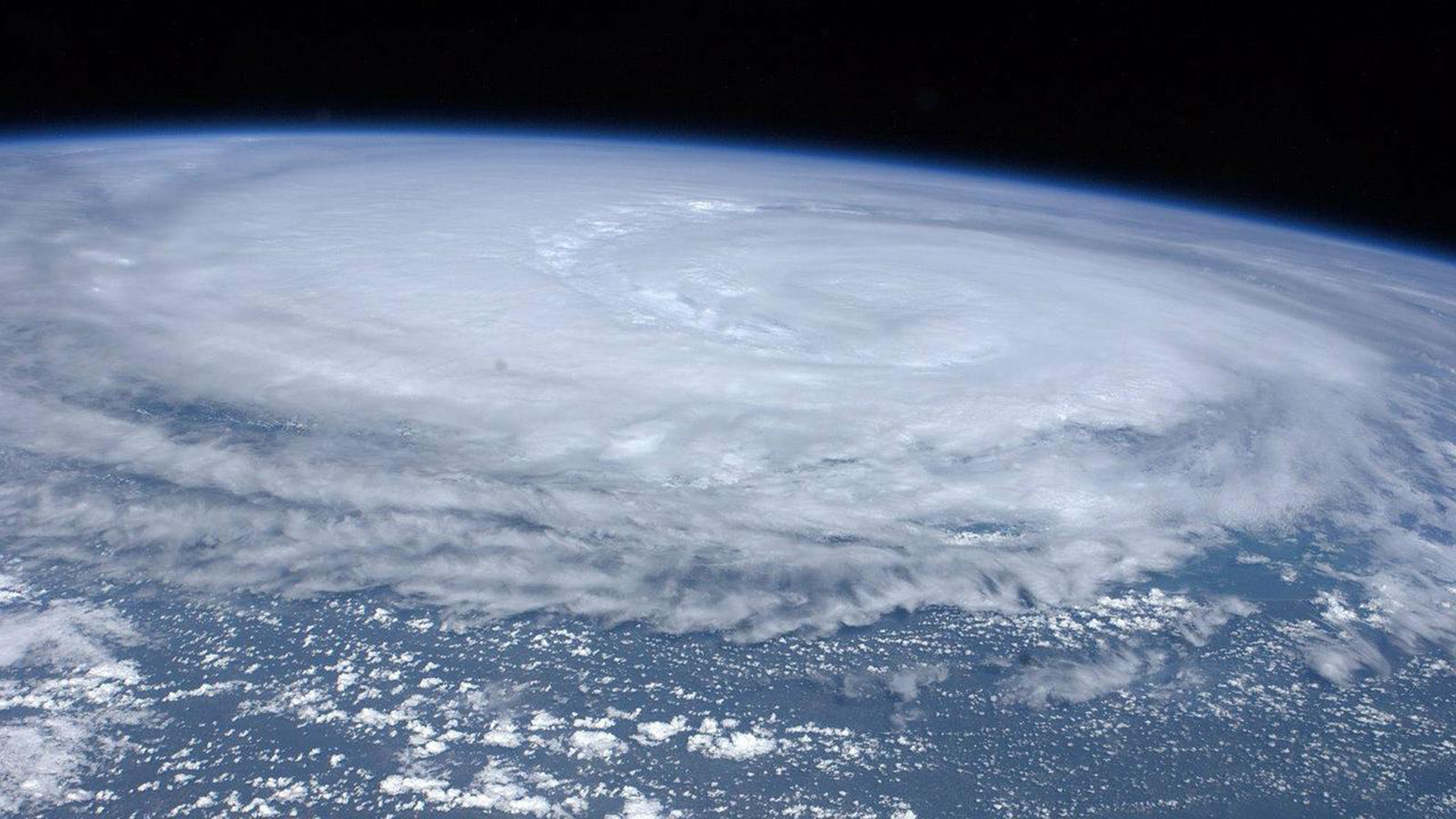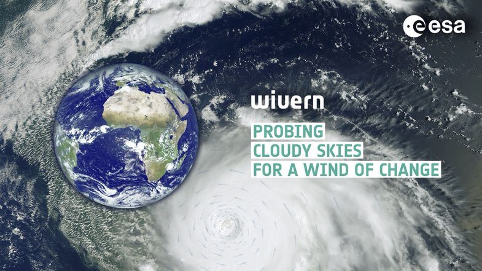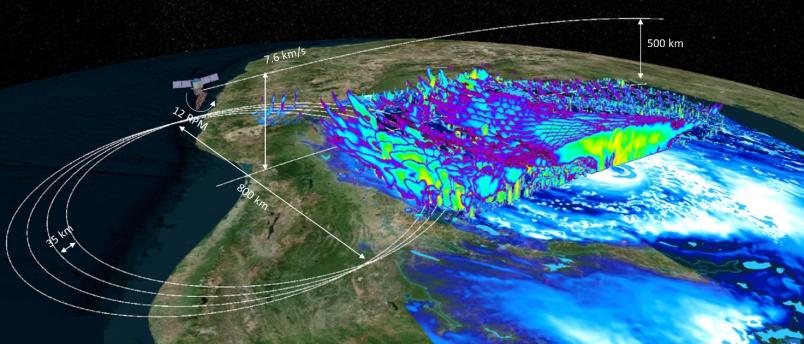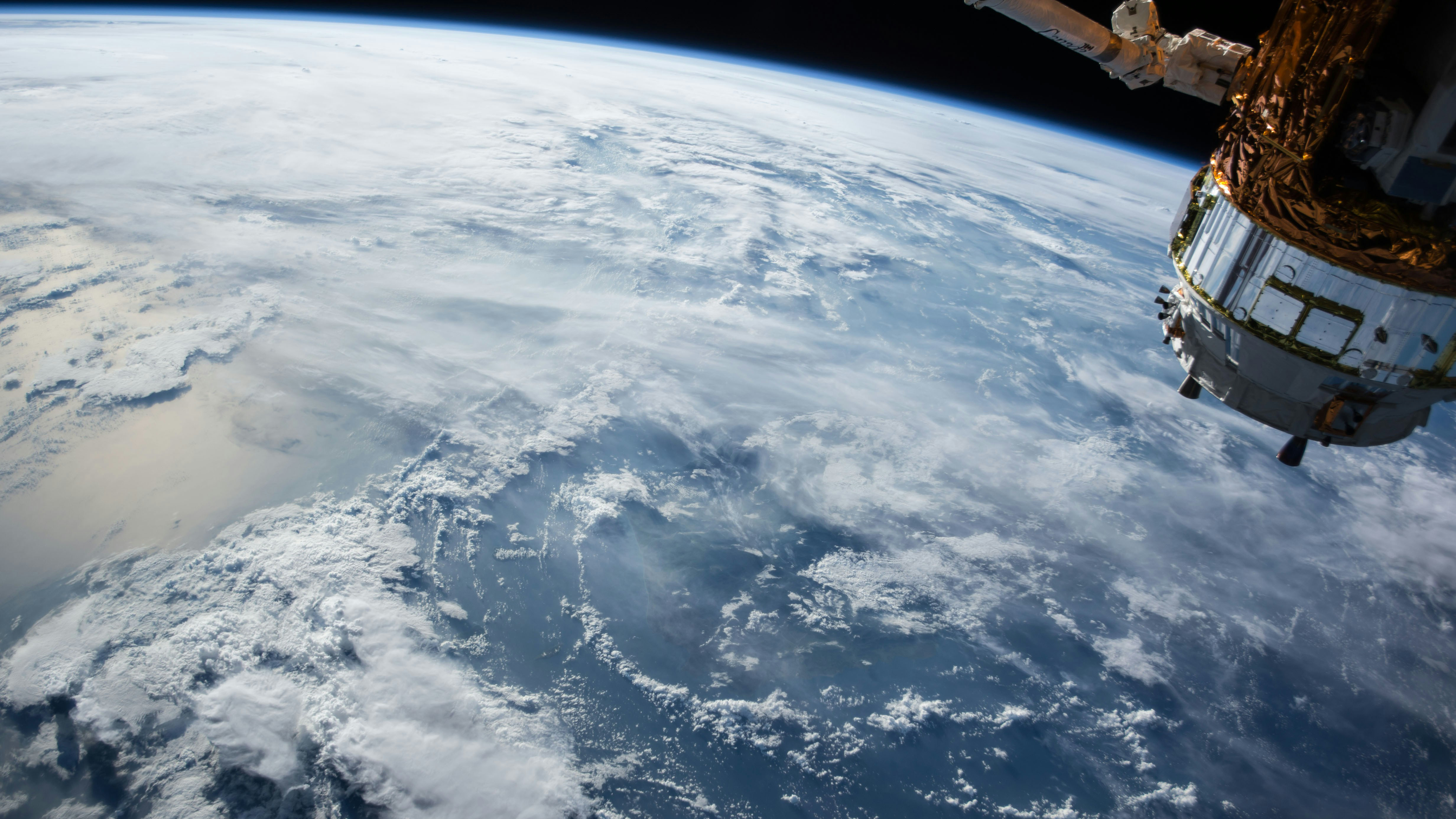
PoliTO in orbit with ESA WIVERN mission

At the end of a selection process lasting over five years, the WIVERN (WInd VElocity Radar Nephoscope) satellite mission, coordinated by Politecnico di Torino, was recommended by the European Space Agency's (ESA) Advisory Committee for Earth Observation (ACEO) and approved by Member States as the eleventh mission of ESA Earth Explorer program, the European agency's flagship program for Earth observation.
The decision comes following the user consultation meeting held last July in Prague, during which the two best mission proposals (WIVERN and CAIRT), which had passed the rigorous selection process that began in 2020 and completed two study phases out of approximately twenty candidates, were presented to the public. At that meeting, a committee of thirteen internationally renowned experts, the ACEO, identified WIVERN as the recommended mission, basing its choice on the crucial importance of understanding storm and cloud dynamics in the context of climate change and the key contributions that the mission will be able to make in other fields (cryosphere and ocean studies).
On September 23, 2025, the ACEO recommendation was endorsed by ESA Member States through the Panel Board for Earth Observation, with an expected cost of around €500 million.
Thanks to its innovative 94 GHz cone-beam Doppler radar, WIVERN will provide the first global measurements of wind within clouds and precipitations. These measurements will help improve weather forecasts for extreme events such as hurricanes, Mediterranean cyclones, and frontal systems, and will contribute to understanding how these systems will evolve with global warming. WIVERN will also help improve the observation of vertical profiles of clouds and precipitation, which will allow for a better understanding of the feedback effects that these systems have on the climate.
As highlighted in the official ESA press release (available here), the selection process was particularly complex. “Ultimately, WIVERN offered the broadest range of scientific and societal applications – spanning atmosphere, ocean, and ice – while its exceptionally wide swath promised near-daily coverage of vast areas of Earth’s surface,” said Rune Floberghagen, Director of ESA's Climate Action, Sustainability and Science Department, in the press release.

PoliTO has played and will continue to play a leading role in the mission. Since 2015, Professor Alessandro Battaglia of the Department of Environmental, Land and Infrastructure Engineering (DIATI), together with Professor Anthony Illingworth (University of Reading), have conducted scientific studies in preparation for defining the mission concept and phase 0 studies. the Politecnico led the Phase A scientific studies (Principal Investigator: Alessandro Battaglia) and had scientific leadership in the development of the mission simulator (Principal Investigator: Frederic Tridon). In addition to the Politecnico, scientists from the University of Reading, Meteo -France, ECMWF, Max Planck Institute in Hamburg, University of Leipzig, Laboratory of Space Geophysical and Oceanographic Studies, CNR in Rome, DWD in Lindenberg, McGill University in Montreal, National Observatory of Athens, JAXA, University of Bergen, and Finnish Meteorological Institute.
“This result demonstrates how the University is increasingly gaining international recognition for the quality of its research in the aerospace field,” comments Stefano Corgnati, PoliTO Rector. “It also demonstrates PoliTO ability to operate across all interdisciplinary domains in this sector, to which our various departments contribute, and reinforces our desire to invest in all areas of the aerospace industry, from the collection of increasingly accurate data thanks to Earth observation technologies to, of course, research into life in space and on other planets.”
“We are thrilled with ESA's decision, which crowns a decade of personal work that began at the University of Leicester and continued with intense activity carried out by my entire research group at PoliTO over the last five years, in close collaboration with our European and Canadian partners involved in the project and with the ESA team,” said Professor Battaglia. "I am very grateful for the work done by all my colleagues (Frederic Tridon, Ali Rizik, Filippo Emilio Scarsi, Francesco Manconi, Marco Coppola, Paolo Martire, Fabrizio Stesina, Riccardo Rabino, Federico Mustich, Cinzia Cambiotti, Aida Galfione, Susmitha Sasikumar, Sergio da Silva, Massimiliano Recupero, and Anna Carbone), without whom this achievement would not have been possible. Now begins a long and exciting journey that will lead to the construction of the satellite, its launch expected in 2034-2035, and a space mission lasting at least eight years. We therefore have more than twenty years of research excellence ahead of us to better understand how tropical and extratropical storms and thunderstorms work, with the pride that the Politecnico will play a central role in these innovative studies, which will have an extraordinary impact on the existence of all living beings.”
